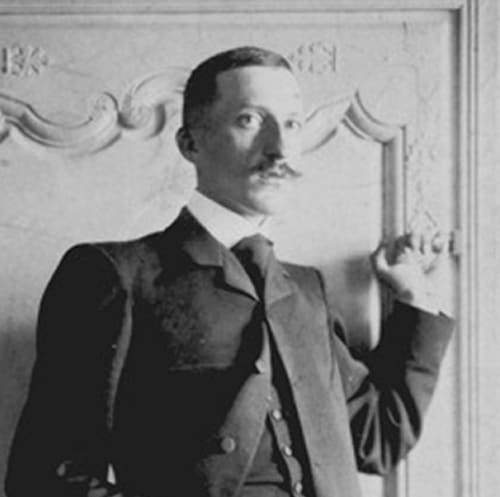Born on June 10, 1880 in Chatou, France, Derain began painting at an early age, meeting Matisse in the class of the Symbolist painter Eugène Carrière. Derain and Matisse spent the summer of 1905 together, painting around the Mediterranean village of Collioure. Here, they developed an approach towards painting that emphasized the sun-soaked landscape with patches of bright color. Later that year, at the annual Salon d'Automne, the critic Louis Vauxcelles derisively described the artists as les fauves (the wild beasts). Abandoning both Fauvism and Cubism by the early 1920s, Derain began producing tonal paintings inspired by Claude Lorrain's landscapes and 17th-century Dutch and Flemish still lifes. An unforeseen response to these more traditional works came from the Nazi regime, who believed they represented a return to Neoclassical ideals. After World War II, he was unjustifiably accused of being a Nazi sympathizer. The artist died on September 8, 1954 in Garches, France. Today, Derain’s works are held in the collections of the Hermitage Museum in St. Petersburg, the Musée d’Orsay in Paris, The Museum of Modern Art in New York, and the Tate Gallery in London, among others.
Courtesy of artnet.com
